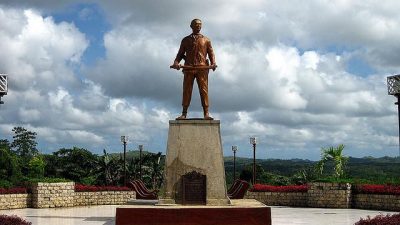MANILA — On December 10, 1898, a pivotal moment in Filipino history unfolded as the Treaty of Paris was signed, marking the transfer of the Philippines from Spanish colonial rule to the United States for a sum of US$20 million.
The Peace Commission, comprised of American and Spanish delegates, engaged in discussions in Paris from October to December of that year to establish the terms of the historic treaty. The negotiations primarily revolved around legal intricacies, with both sides maintaining firm stances on various points.
Ultimately, the Americans emerged triumphant, acting upon Washington’s directive to secure Spain’s relinquishment of the entire Philippines, placing the archipelago under American control. Despite this, a provision allowed for a 10-year entry of Spanish exports into the Philippines.
The immediate implementation of the Treaty of Paris faced hurdles, as some U.S. senators viewed the accord as unjust to the Filipino people. However, the tide turned in favor of the treaty following the outbreak of Filipino-American hostilities on February 4, 1899. Many legislators, swayed by the belief that Filipinos had initiated the conflict, subsequently voted in favor of the agreement.
In addition to the cession of the Philippines, the Treaty of Paris mandated Spain’s surrender of Puerto Rico and Guam to the United States. Furthermore, Spain had to relinquish its rights to Cuba as part of the comprehensive treaty.
Reference: Philippines News Agency archives
(JR AMIGO/AI/MNM)







